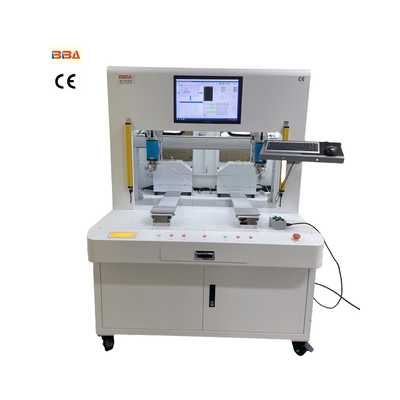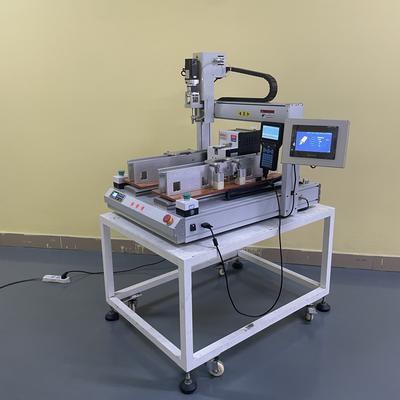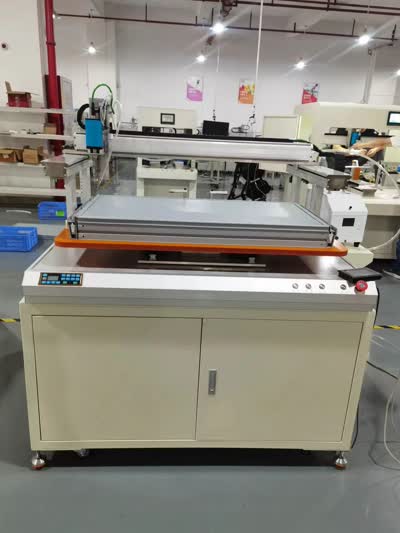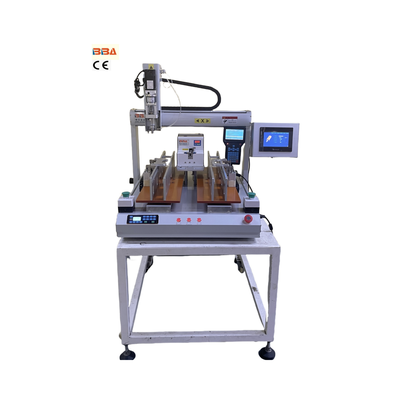Operator Training for Screw Locking Equipment | Industrial Automation Solutions
| Product Name | Applicable industries |
| Auto Screwdriver Machine | Consumer Electronics Assembly |

Operator Training for Screw Locking Equipment: Ensuring Efficiency and Safety in Industrial Automation
In the fast-paced world of industrial automation, precision and efficiency are paramount. One critical aspect of production lines is screw locking, a process that ensures components are securely fastened. Proper operator training for screw locking equipment is essential to maintaining product quality, minimizing downtime, and ensuring workplace safety.
The Importance of Operator Training
Well-trained operators are the backbone of any successful manufacturing process. When it comes to screw locking equipment, inadequate training can lead to:
- Improper torque application resulting in product defects
- Increased equipment wear and tear
- Potential safety hazards for operators
- Reduced production efficiency
Comprehensive training programs address these challenges by equipping operators with the knowledge and skills needed to maximize equipment performance.
Key Components of Effective Training
An ideal operator training program for screw locking equipment should cover:
- Equipment Fundamentals: Understanding the components and operation principles of screw locking systems
- Torque Control Techniques: Mastering proper torque application for different materials and screw types
- Maintenance Procedures: Learning routine checks and basic troubleshooting
- Safety Protocols: Implementing proper handling and emergency procedures
- Quality Assurance: Recognizing and verifying proper screw locking outcomes
Benefits of Comprehensive Training
Investing in thorough operator training yields significant returns:
Properly trained operators can achieve up to 30% faster cycle times while maintaining optimal torque accuracy, significantly boosting production output.
Additional advantages include reduced equipment maintenance costs, improved product consistency, and enhanced workplace safety records. These factors collectively contribute to a more profitable and sustainable operation.
Implementing Ongoing Training Programs
Effective training shouldn't end with initial certification. Best practices include:
- Regular refresher courses to reinforce key concepts
- Hands-on practice sessions with actual production materials
- Performance assessments to identify areas for improvement
- Updates on new technologies and techniques
By establishing a culture of continuous learning, companies can ensure their teams remain at the forefront of screw locking technology and best practices.
In conclusion, operator training for screw locking equipment is not an expense but an investment that pays dividends in quality, efficiency, and safety. Companies that prioritize comprehensive training programs position themselves for long-term success in the competitive world of industrial automation.


